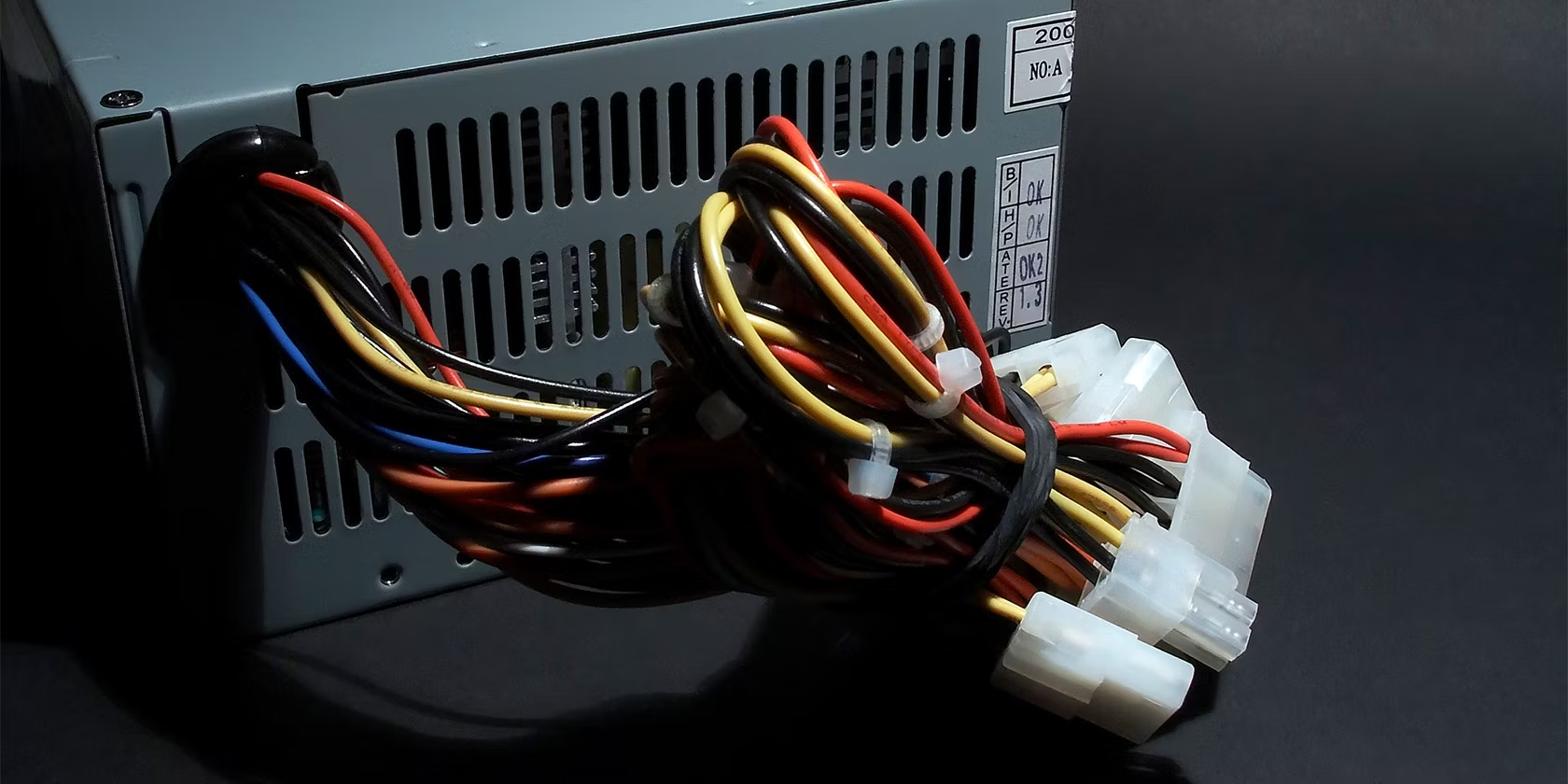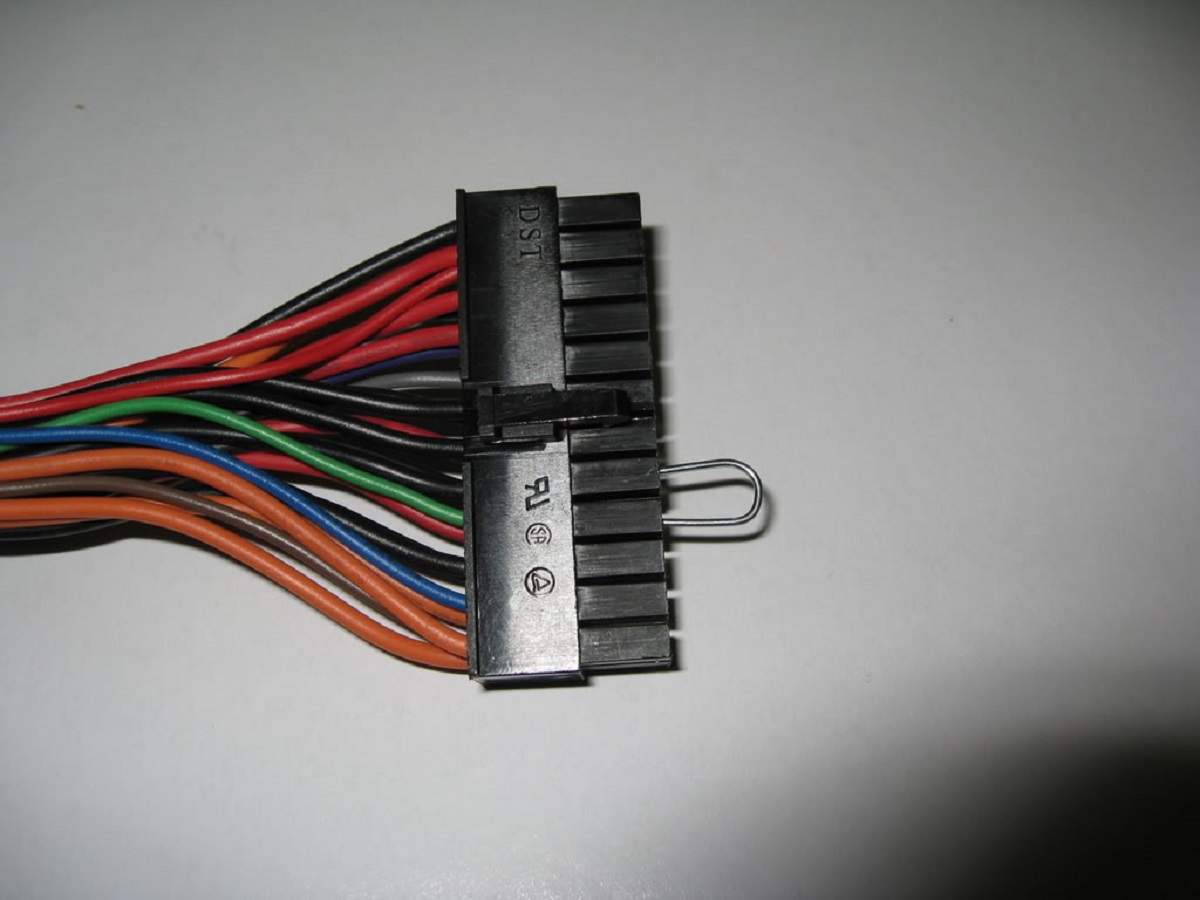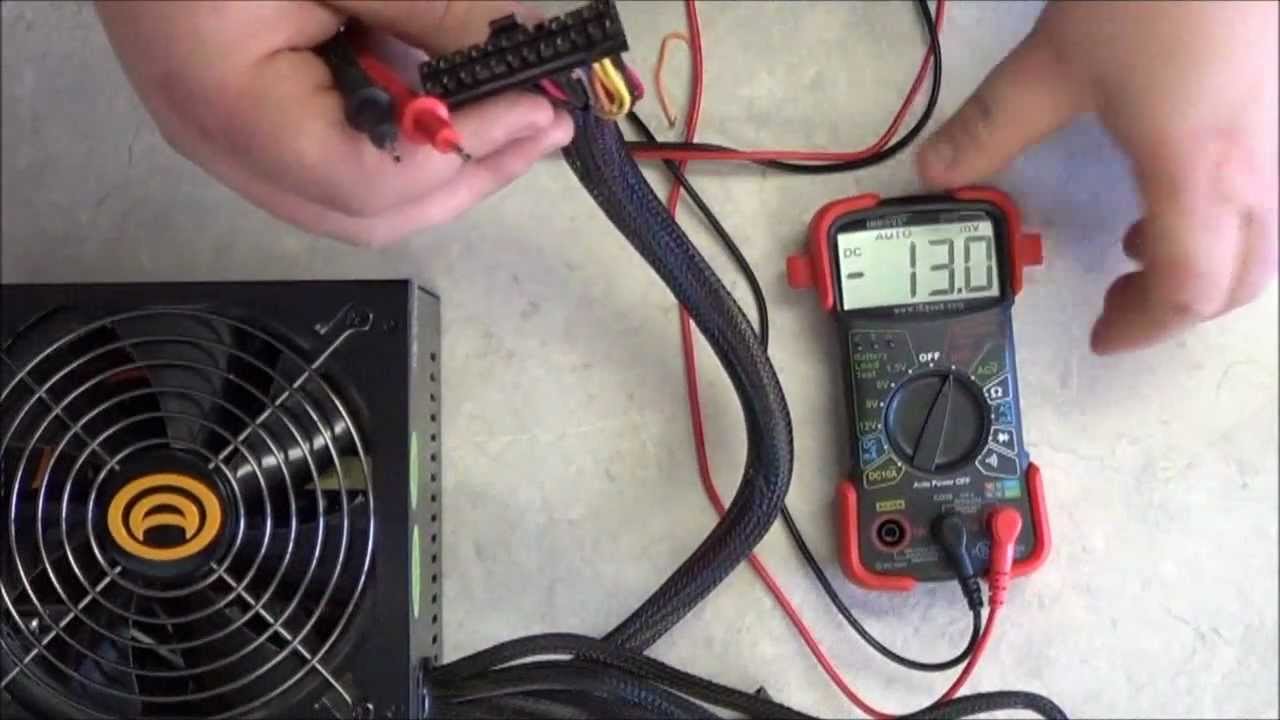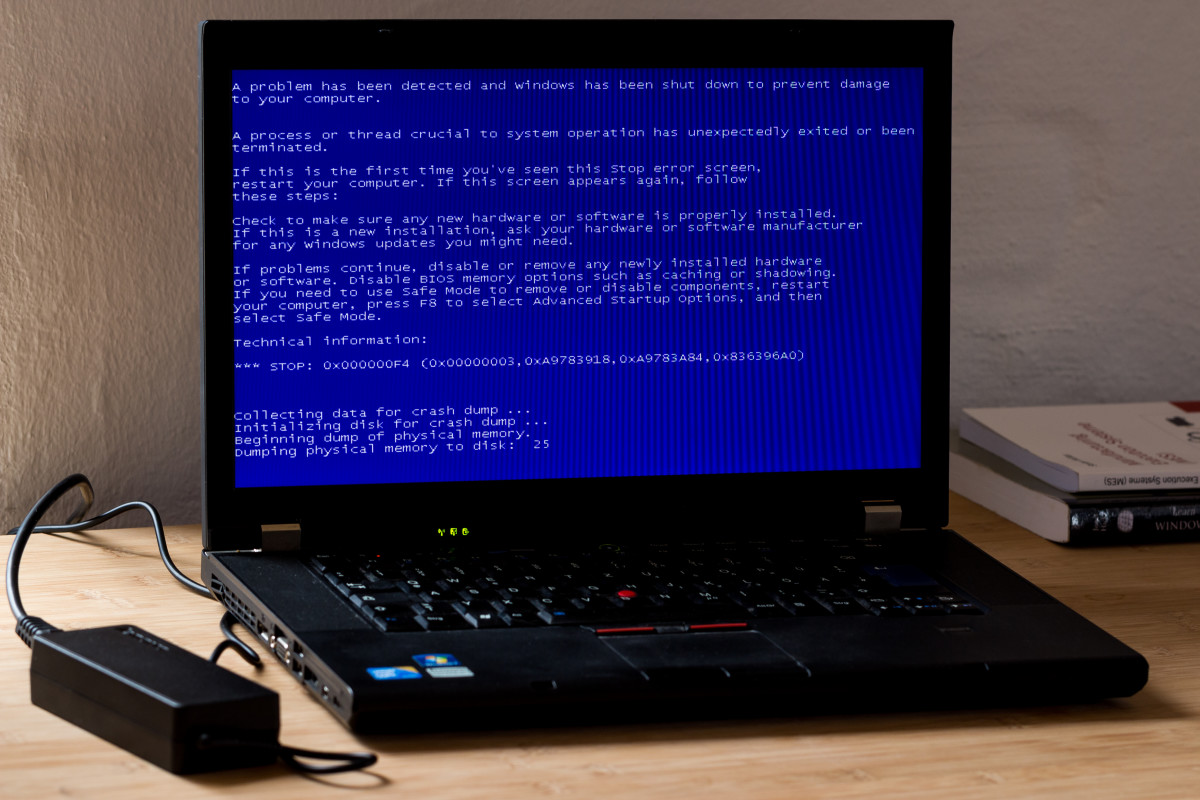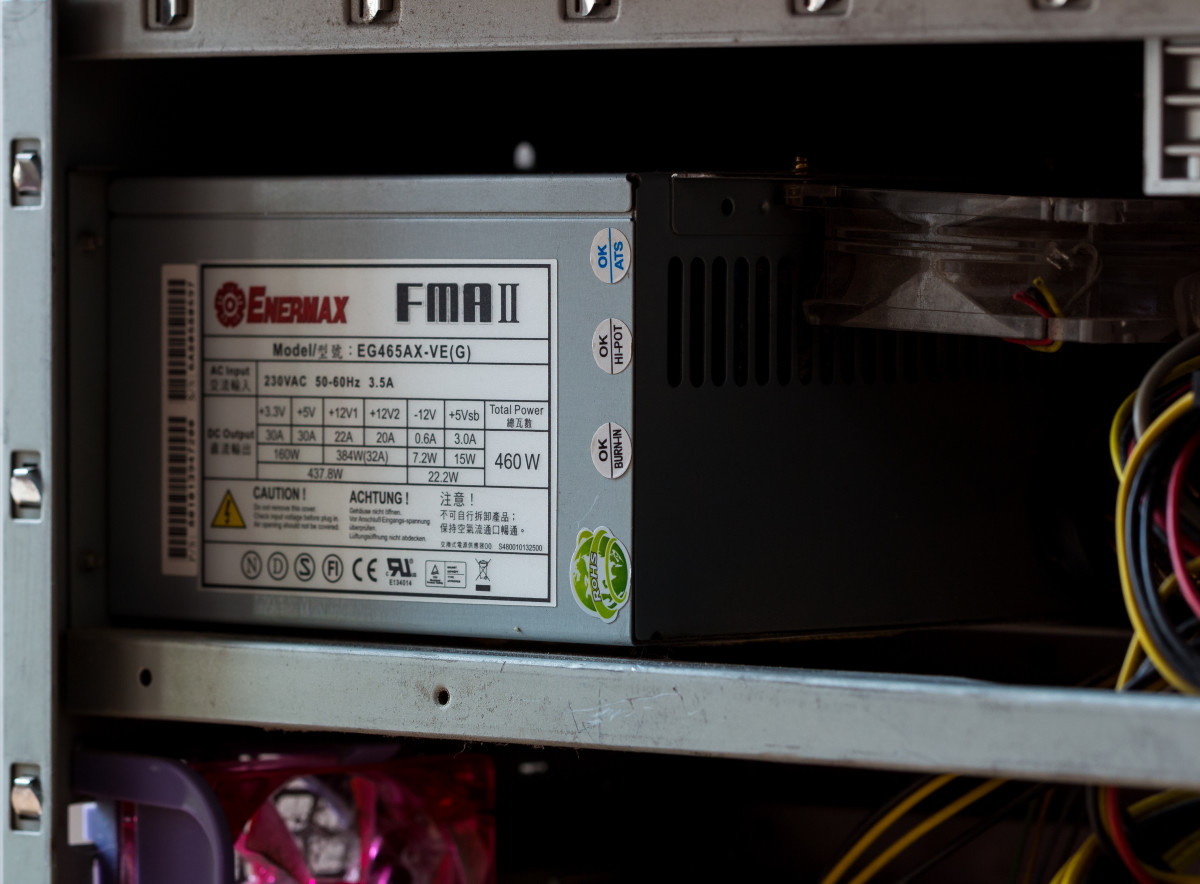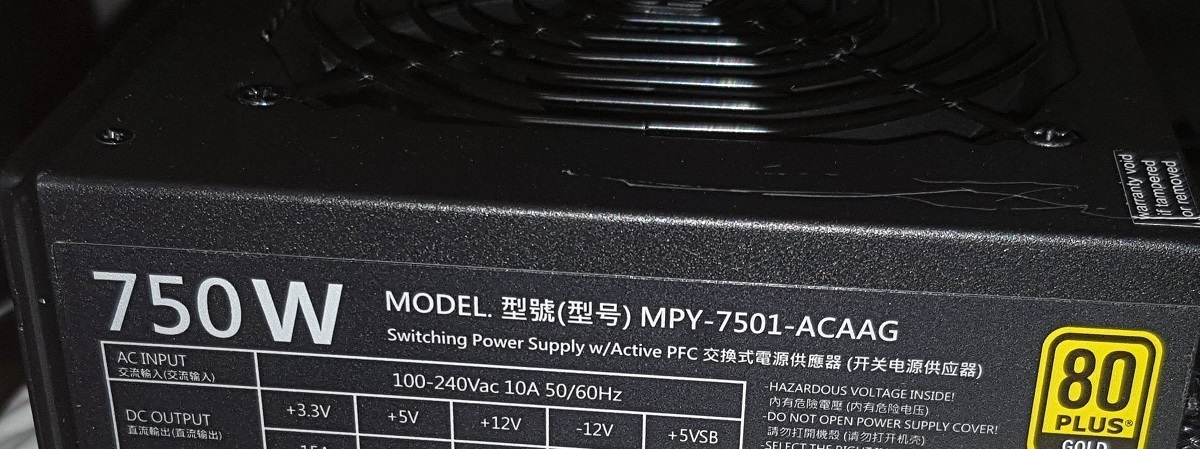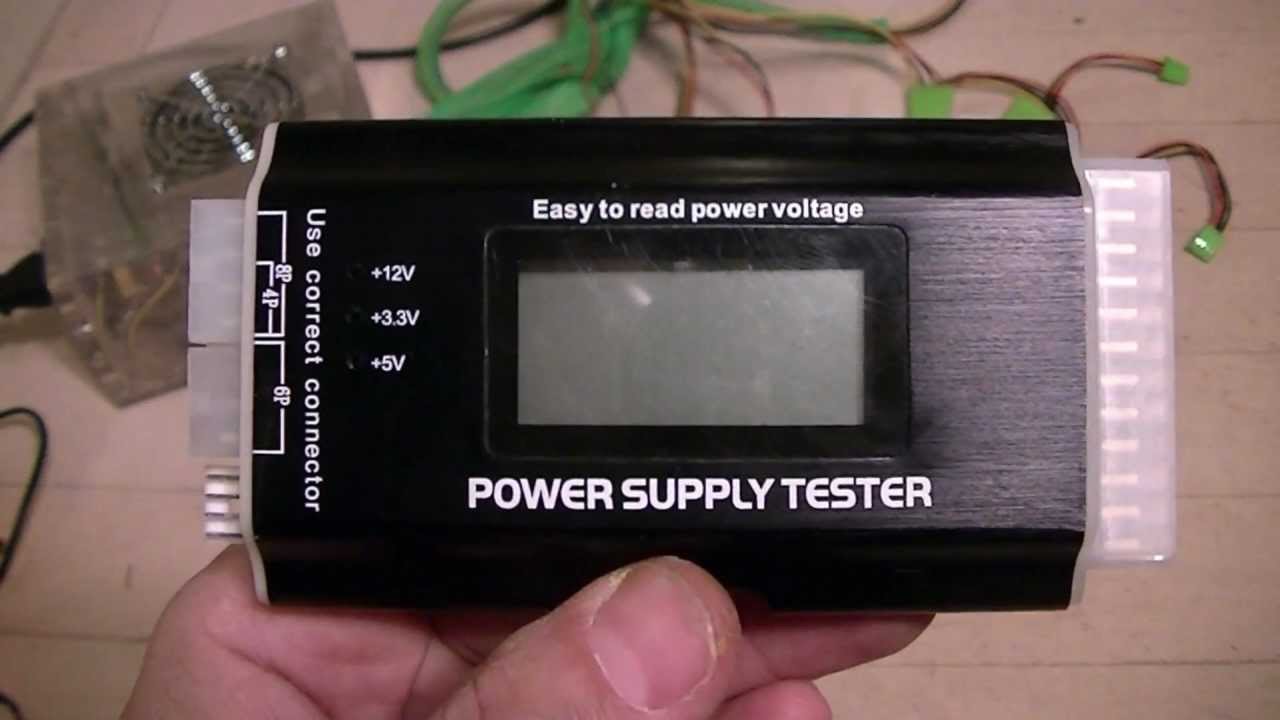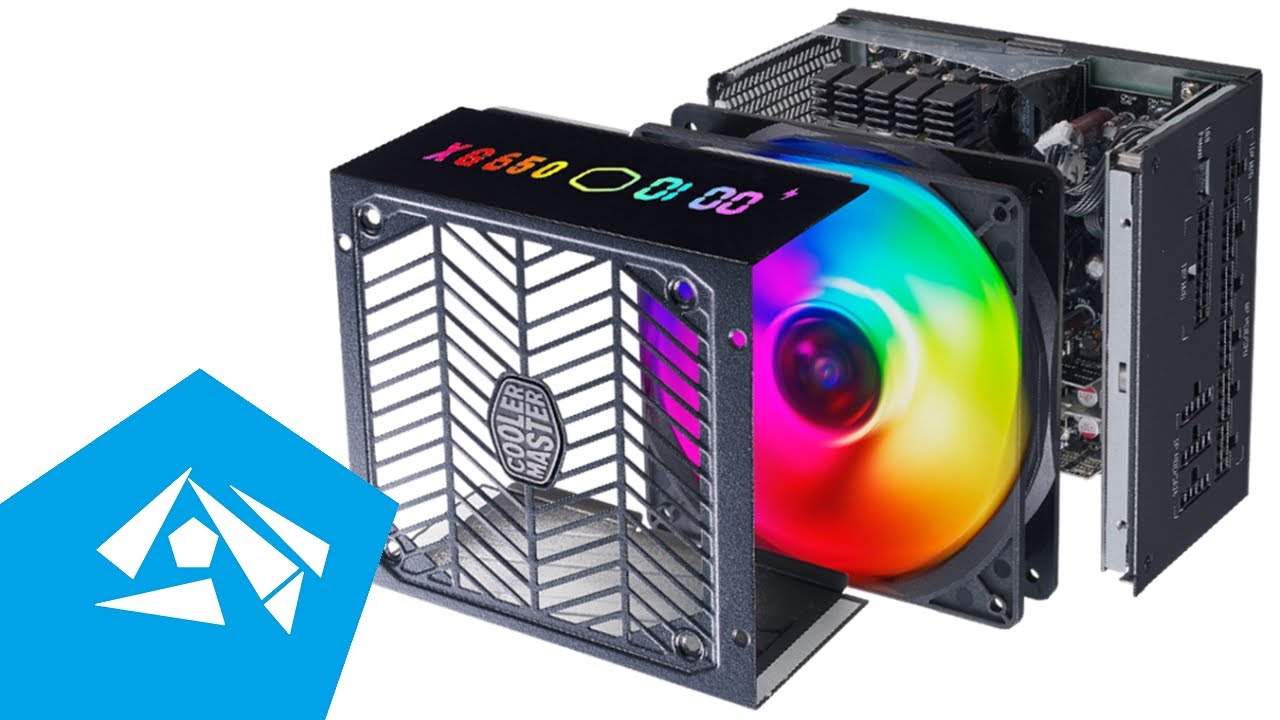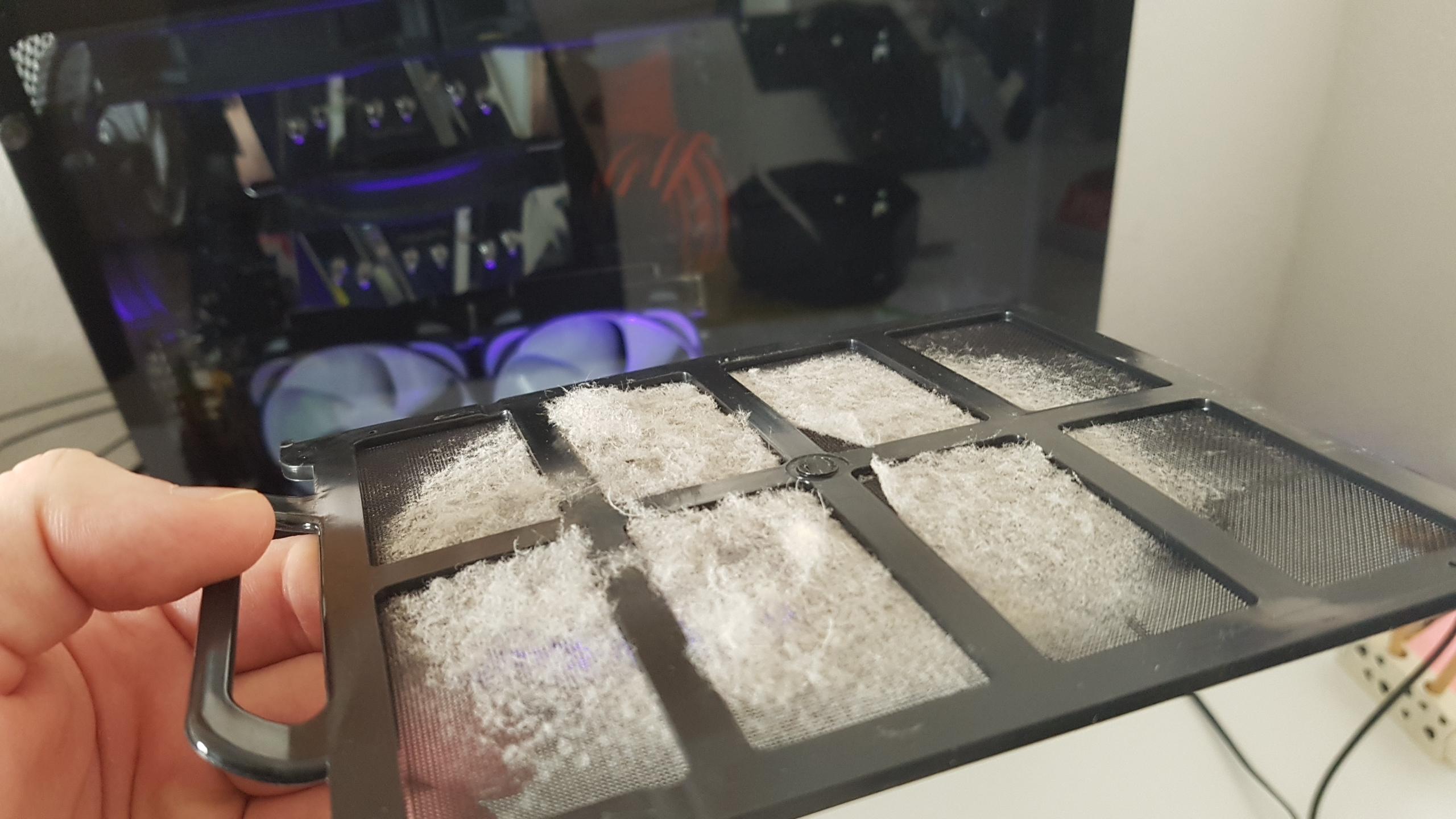Introduction
Power Supply Units (PSUs) are an essential component of any computer system. They convert the AC power from your wall outlet into the DC power that your computer components require to function properly. Over time, however, PSUs can degrade and eventually fail, leading to potential hardware damage or system malfunctions.
Understanding when and how often to replace your PSU is vital to maintaining the stability and longevity of your computer system. While there is no fixed timetable for PSU replacements, several factors come into play. By considering these factors and monitoring your PSU’s health, you can ensure that your system remains in optimal condition and avoid potential setbacks.
In this article, we will explore the various factors to consider when determining how often you should replace your PSU. We will also discuss the average lifespan of a PSU and the telltale signs of a failing unit. Additionally, we will provide tips on how to extend the lifespan of your PSU and share guidelines on when it is prudent to replace it.
By the end of this article, you will be equipped with the knowledge necessary to make informed decisions about PSU replacements and safeguard the performance and reliability of your computer system.
Factors to Consider
When determining how often to replace your PSU, several factors should be taken into account:
- Usage: How intensively you use your computer system is a significant factor. Power-hungry tasks such as gaming, video editing, or running resource-intensive software can put a strain on your PSU. If your system is constantly operating under high load, it may necessitate more frequent PSU replacements.
- Quality: The quality of your PSU plays a crucial role in its lifespan. Investing in a reputable and reliable brand with high-quality components can result in a longer-lasting PSU. Cheaper, lower-quality PSUs may degrade faster and have a shorter lifespan.
- Environmental Factors: The operating environment of your computer system can impact the lifespan of your PSU. Factors such as temperature, humidity, and dust accumulation can all contribute to the degradation of the PSU over time. Keeping your system in a well-ventilated and clean environment can help prolong the life of your PSU.
- Overclocking: Overclocking your CPU or GPU can significantly increase power consumption and put additional stress on your PSU. If you frequently overclock your components, it is recommended to closely monitor the PSU’s health and consider more frequent replacements to prevent power-related issues.
- Future Upgrades: If you plan to upgrade your computer system with more power-hungry components, such as a new graphics card or a higher wattage CPU, it may be wise to consider replacing your current PSU. Upgrading your PSU to accommodate the increased power requirements of the upgraded components can help prevent compatibility issues and ensure stable performance.
- Manufacturer’s Recommendations: Some PSU manufacturers provide guidelines on the expected lifespan of their units. Checking the manufacturer’s recommendations can provide valuable insights into when it is advisable to replace your PSU.
It is important to note that these factors are not exhaustive and may vary depending on individual circumstances. Evaluating these considerations and assessing the overall health and performance of your PSU will help you determine the appropriate timing for a replacement.
Average Lifespan of a PSU
The lifespan of a PSU can vary depending on various factors, including the quality of the unit, usage patterns, and environmental conditions. On average, a well-maintained and high-quality PSU can last between 5 to 10 years.
It’s important to keep in mind that this is an estimate, and some PSUs may fail before reaching the 5-year mark, while others may continue functioning beyond 10 years. Cheaper and lower-quality PSUs typically have a shorter lifespan and may fail sooner.
However, it’s worth noting that the average lifespan mentioned above refers to the overall electrical and mechanical functionality of the PSU. Although a PSU may still technically work, its efficiency and reliability can decline over time. As a PSU ages, it may not be able to provide the same power output as when it was new, leading to potential instability and a higher risk of component failure.
Furthermore, technological advancements and evolving power requirements of new computer components may also influence the lifespan of a PSU. As newer and more power-hungry components are released, older PSUs may struggle to meet the increased power demands, making an upgrade necessary.
To ensure the continued stability and optimal performance of your computer system, it is advisable to monitor the health of your PSU regularly, regardless of its age. Keep an eye on any signs of degradation or malfunction, even if the PSU is within the estimated average lifespan.
By taking proper care of your PSU and considering the factors mentioned earlier, you can help maximize its lifespan and ensure reliable and efficient power delivery to your computer components.
Signs of a Failing PSU
As your PSU nears the end of its lifespan or experiences issues, it may exhibit several signs of failure. It’s essential to be aware of these signs to take appropriate action before any serious damage occurs. Here are some common indicators of a failing PSU:
- Random Shutdowns: If your computer unexpectedly powers off without any warning or apparent reason, it could be a sign of a failing PSU. The PSU may be unable to provide consistent power to your computer components, causing the system to shut down abruptly.
- Intermittent Freezing or Reboots: If your system freezes or reboots randomly, it could be due to power disruptions caused by an unstable PSU. These interruptions can result in sudden crashes or loss of unsaved work.
- Unusual Noises: If you hear strange grinding, buzzing, or whining noises coming from your PSU, it could be a sign of a mechanical failure. These noises indicate that the internal components of the PSU are failing and may need to be replaced.
- Burning Smell: A burning smell coming from your computer system can be a serious warning sign of a failing PSU. It indicates overheating or electrical issues that may pose a fire hazard and should be addressed immediately.
- Inconsistent Power Output: Fluctuations in power delivery, such as voltage drops or spikes, can damage sensitive computer components. If you notice inconsistent performance or crashes during high-demand tasks, it could be attributed to a failing PSU.
- Unresponsive Peripherals: If your peripherals, such as the mouse or keyboard, become unresponsive or start behaving erratically, it could be caused by inadequate or inconsistent power supply from the PSU.
- Blue Screen of Death (BSOD): A frequent occurrence of BSODs or system errors can indicate power-related issues, which may be attributed to a failing PSU. These errors typically occur when the PSU fails to provide stable power to the computer components.
If you experience any of these signs, it is crucial to address the issue promptly. Ignoring a failing PSU can lead to further damage to your computer system and potentially cause data loss. Consider consulting a professional or replacing the PSU to ensure the continued stability and functionality of your system.
How to Extend the Lifespan of Your PSU
While the lifespan of a PSU is ultimately determined by various factors, there are measures you can take to extend its longevity. By following these tips, you can ensure that your PSU continues to provide reliable and efficient power to your computer system:
- Invest in Quality: Purchase a high-quality PSU from a reputable manufacturer. Quality PSUs are built with reliable components and undergo rigorous testing, resulting in a longer lifespan.
- Avoid Overloading: Ensure that you do not exceed the wattage rating of your PSU. Overloading can put excessive strain on the components, leading to premature failure. Consider the power requirements of your computer components before installing or upgrading them.
- Proper Ventilation: Ensure adequate airflow around your PSU by keeping it clear of obstructions. Proper ventilation prevents overheating, which can diminish the lifespan of the unit. Regularly clean your computer system, including the PSU, to remove dust and debris that can impede airflow.
- Use Surge Protectors: Protect your PSU from power surges and voltage fluctuations by using a surge protector or uninterrupted power supply (UPS). These devices can help safeguard your PSU, as well as your entire computer system, from power-related damage.
- Monitor Temperatures: Keep an eye on the temperature inside your computer case. If your PSU or other components are consistently exposed to high temperatures, it can decrease their lifespan. Consider installing additional case fans or a liquid cooling system to maintain optimal operating temperatures.
- Turn off when not in use: When your computer is not in use, consider shutting it down rather than leaving it in sleep or standby mode. This not only conserves energy but also reduces unnecessary strain on your PSU.
- Regular Maintenance: Check your PSU and its connections periodically for any signs of damage or loose connections. Ensure all cables are properly secured and not putting undue stress on the PSU. Address any issues promptly to prevent further damage.
By implementing these practices, you can maximize the lifespan of your PSU and minimize the risk of power-related issues. However, it’s important to remember that even with proper care, a PSU will eventually degrade over time. Monitoring its health and being prepared for a replacement when necessary is vital to maintain the stability and performance of your computer system.
When to Replace Your PSU
Knowing when to replace your PSU is essential to avoid potential system failures and hardware damages. While there isn’t a fixed timetable for PSU replacements, there are guidelines you can follow to determine when it’s time for a new unit:
- Signs of Failure: If you experience any of the signs mentioned earlier, such as random shutdowns, unusual noises, or consistent system errors, it’s crucial to consider replacing your PSU. Ignoring these signs can lead to more severe issues and potential damage to your computer components.
- Age and Usage: Consider the age and usage patterns of your current PSU. If it’s reaching the 5 to 10-year mark or if you have been using it intensively for power-hungry tasks, it may be prudent to consider a replacement. Older PSUs may not be able to meet the power demands of newer components and could pose a risk to system stability.
- Upgrading Components: If you are planning to upgrade your computer system with more power-hungry components, such as a high-end graphics card or an overclockable CPU, it’s advisable to assess whether your current PSU can handle the increased power requirements. If not, it’s recommended to upgrade to a higher-wattage PSU to ensure stable performance.
- Manufacturer’s Recommendations: Some PSU manufacturers provide guidelines on when a unit should be replaced. It’s worth checking if your PSU’s manufacturer has any specific recommendations, as these can offer valuable insights into its expected lifespan.
- Preventive Maintenance: If you have been experiencing power-related issues or suspect that your PSU might be deteriorating, it may be wise to replace it proactively as a preventive measure. This can help avoid potential system failures and minimize the risk of damage to other computer components.
Ultimately, it’s important to regularly monitor the health and performance of your PSU. While it can be tempting to wait until it completely fails, proactive replacement can save you from potential data loss and other issues. Consulting with a professional or seeking guidance from tech forums can also provide helpful insights specific to your computer system.
By considering these factors and being aware of the signs of PSU failure, you can make an informed decision about when to replace your PSU and ensure the continued stability and functionality of your computer system.
Conclusion
Power Supply Units (PSUs) play a crucial role in providing stable and reliable power to your computer system. Knowing when to replace your PSU is essential to maintain the performance and longevity of your system. While there is no fixed timetable for PSU replacements, considering various factors can help you make an informed decision.
We discussed the factors to consider when determining how often to replace your PSU, including usage patterns, PSU quality, environmental factors, overclocking, future upgrades, and manufacturer’s recommendations. These factors can greatly influence the lifespan of your PSU and the stability of your computer system.
We also explored the average lifespan of a PSU, which typically ranges from 5 to 10 years. However, it’s important to monitor your PSU’s health and consider proactive replacement if you experience signs of failure or plan to upgrade your system with more power-hungry components.
Recognizing the signs of a failing PSU, such as random shutdowns, unusual noises, or inconsistent power output, is crucial to address issues before they cause further damage. Regular maintenance and adhering to practices such as proper ventilation, usage of surge protectors, and monitoring temperatures can also prolong the lifespan of your PSU.
Ultimately, the decision to replace your PSU should be based on a combination of factors specific to your computer system. By staying vigilant, monitoring your PSU’s health, and addressing potential issues promptly, you can ensure the continued stability and efficient performance of your computer system.
Remember, your PSU is the backbone of your computer, providing power to all vital components. Taking care of your PSU and considering its lifespan will contribute to a smooth computing experience and protect your valuable hardware investments.







